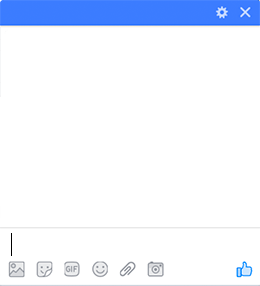What This Designer Created Will Force You To See Your Favorite Books With Fresh Eyes
When we close the covers of our favorite books, we’re left reeling over the words — the words that cover the pages that fill the books that tell the stories that stick with us forever.
Most lovers of literature make a cliched habit of reading between the lines, but how often do we dig into the minutiae of the works we hold close? Although no bibliophile would deny that the act of reading, both aloud and otherwise, is a rhythmic venture, we often lose sight of the tiny dots and dashes that allow our brains to move to the beat of iambs.
In a stunningly successful attempt at bringing these marks to the fore, designer Nicholas Rougeux created “Between the Words” by poring over famous texts not to tease out deeper meanings, but to pay every last punctuation mark its due.
Rougeux makes each piece by stringing punctuation marks from literary classics into continuous loops until they reach illustrated centers.
“‘Between the Words’ was inspired by an amateur love of typography, a grammatically correct upbringing after being raised by a financial editor and an English teacher, and the study of other projects that examine the visualization of text,” he explained to ViralNova.
“After experimenting with a few ideas,” he writes, “I ended up accidentally removing all the letters in some texts and saw that the punctuation left behind was interesting in its own right.”
It only makes sense to assume that the particular works Rougeux chose — like “Ulysses,” “A Christmas Carol,” and “Henry V,” to name a few — strike a chord with the artist on a personal level. He said, however, that he did not choose these works for any particular reason aside from their availability through Project Gutenberg.
And perhaps that’s apt, given the collection’s focus.
He started the endeavor with “The Time Machine” by H.G. Wells, and he quickly realized that the process of spiraling hundreds of marks into one cohesive design would prove to be tricky.
With a little help from websites like RegExr and the use of regular expressions, the artist removed letters, numbers, spaces, and line breaks from each piece, leaving only its grammatical skeleton behind.
The amount of time it takes to complete every poster varies based on text length. Some can take as little as a couple of hours, while others have to be spread out over a few days.
“This project taught me about new ways of manipulating text,” he writes. “In the end, the literature itself wasn’t as much a focus as it was a great source of material to execute an interesting idea. The bonus is that many people enjoy it because they connect with the material. It’s a happy coincidence.”
As far as what he hopes people take away from viewing his work, he has few expectations.

In his words, “I enjoy hearing how others interpret it. I think those who are very familiar with the literature might even be able to identify certain scenes by the punctuation. I can only hope that people find something they like about it and that it gets them thinking about things a little differently.”
This collection is a testament to the fact that there’s so much more to be gained from classic texts than what the words are telling you.
To learn more about Nicholas Rougeux’s work, be sure to check out his website, and for regular updates, follow him on Instagram. If you want to purchase some prints for yourself, you can do so here!
Read more: http://www.viralnova.com/between-the-words/














 Relaxing Music to Calm Anxious Dogs
Relaxing Music to Calm Anxious Dogs
 Dog Sleep
Dog Sleep 2
2










